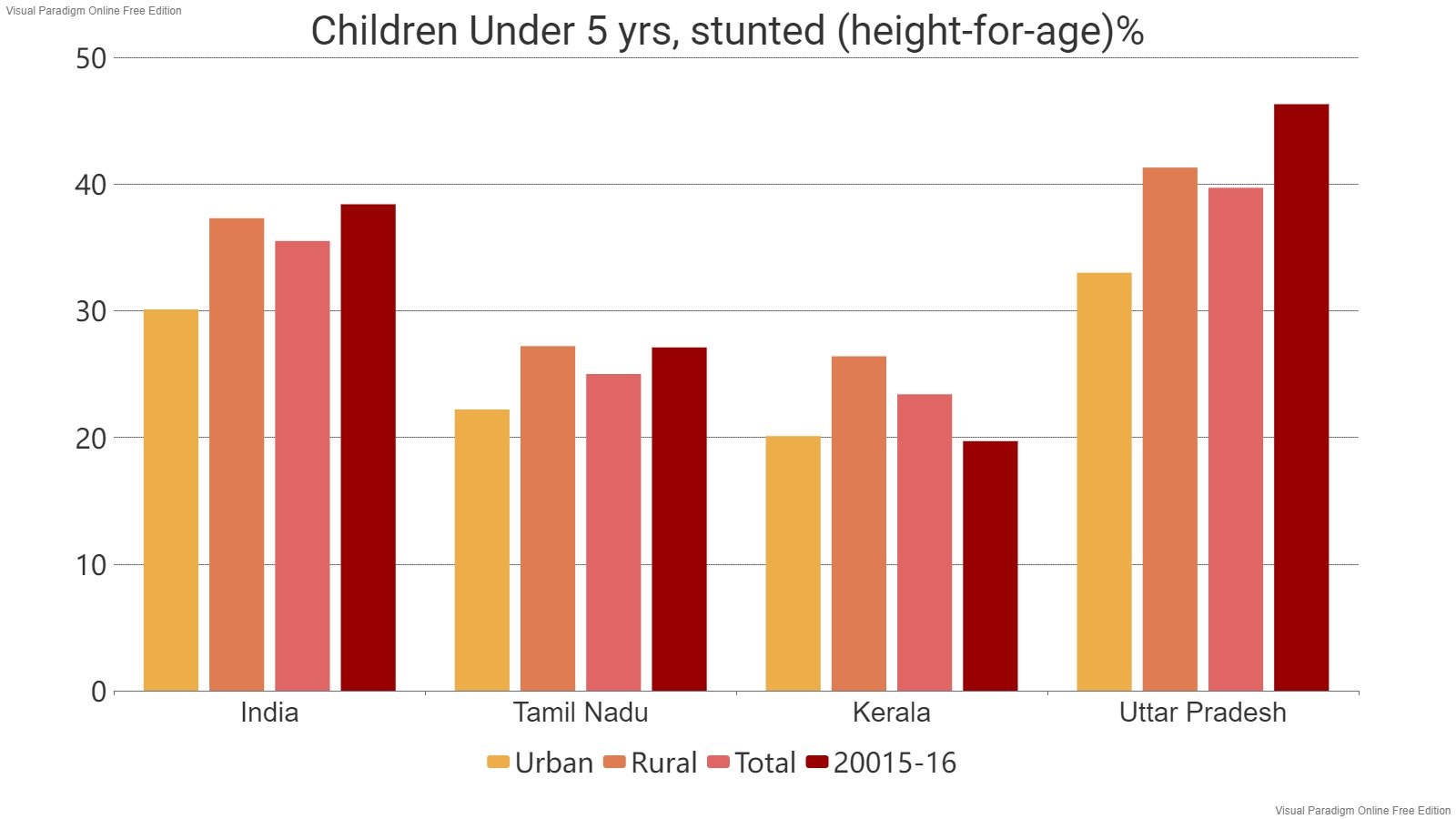Read in : தமிழ்
Sandalwood trees are highly valued in many countries. A fully grown sandalwood tree is quite aromatic and is largely found in southern and eastern India. Its bark is oily. The agar that is extracted from the bark is said to have medicinal value. It cools the skin.
In the southern states, use of sandalwood is part of the traditions. Its widely used in temple worship, for instance. People take delight in smearing sandalwood paste on their forehead, chest and all over the body. Sandalwood soaps and garlands have value. Sandalwood is in much in demand in eastern and south-east Asian countries.
There was a ban on farmers raising sandalwood trees. Even if the sandalwood tree grew on private lands, it could not be cut since it was the property of the government.
Therefore, cutting sandalwood trees grown in the forest and smuggling it became a lucrative vocation in Tamil Nadu, Andhra and Karnataka. The practice of cutting sandalwood, teak and Ceylon Ebony trees for smuggling continues till today.
In the past, sandalwood trees were abundant in Javadi Hills. Today, finding even one is rare there. Illegal tree felling has destroyed the trees here.
Farmers can buy sandalwood tree saplings and grow them on their lands. Out of the sale proceeds from the cut trees, 80% will go to the farmer.
If sandalwood can be grown by farmers, its demand can be managed better. Farmers would benefit from the cash crop. The demand for illegal sandalwood will reduce and smuggling can be controlled. With this intent, the state government passed a law in 2008.
But farmers are not quite aware of it. All types of farmers can benefit from this new law that permits growing of sandalwood trees in private lands. Norms and guidelines have been formulated for this.

The sandalwood tree can easily be planted by farmers using saplings. Laws permit and promote their regulated cultivation and cutting
Farmers can buy sandalwood tree saplings and grow them on their lands. Once the saplings are planted, the extend of land area, patta number, and details of how many saplings have been planted and other details should be registered in the revenue records and a certificate obtained. That certificate should be registered with the wildlife department.
When the trees are grown and ready to be cut, the wildlife department should be informed. A wildlife official would arrange to cut the trees.
The cut trees are taken to the government godown where the quality of the wood is evaluated. There are some 19 quality levels. The wood segregated as per quality will then be sold in a public auction. Out of the sale proceeds, 80% will go to the farmer. The remaining goes into paying for the cutting, cleaning, quality evaluation and the auction. The farmer will get the money within 90 days of the trees being cut.
Sandalwood trees can be grown as cash crop. Many farmers are benefiting from it. Special camps should be conducted so more farmers are made aware of this scheme. Fallow lands near forests can be used to grow these trees.
The roofus treepie belongs to the crow family. It’s known by various names in Tamil Nadu. Endowed with a long tail, it has a loud chirp.
At the same time, an ecological issue should be considered. What helps the sandalwood tree is a bird species called roufus treepie. By conserving this bird species and ensuring it thrives, sandalwood trees can be grown well.
This bird has been helping sandalwood trees to proliferate especially in Kanniyakumari, Tirunelveli and Thoothukudi. Without any expense or much effort this has been happening naturally due to this bird.
The roufus treepie belongs to the crow family. It’s known variously in Tamil Nadu. Endowed with a long tail, it has a loud chirp. It can communicate in multiple voices. It is found in small forests and city gardens.

The sandalwood tree grows in the dry deciduous forests of India. (Image credits: The sketchers, Flickr)
The scientific name is dendrocitta vagabunda which means a bird that wanders amidst trees. Its habits reveal a few interesting facts.
The sandalwood fruit is its food which grows in summer. The treepie eats this fruit along with the seeds. The droppings help to spread the seeds that sprout as sandalwood saplings naturally.
The government should come up with a scheme to protect these natural trees. By conserving this bird, sandalwood trees can get an opportunity to grow in many places.
Trees, birds and their links have been demonstrated by scientists often. For instance, there is a close link between the bear and the golden showers tree.
The fruit from this tree is eaten by bears. The seed that comes out of its droppings has a greater potential to sprout, scientists have shown.
Similarly, researchers should look at the superior sprouting quality of the sandalwood fruit seeds from the roufus treepie’s droppings. By protecting this bird, sandalwood trees can grow more. There is a direct economic benefit for this.
Read in : தமிழ்











